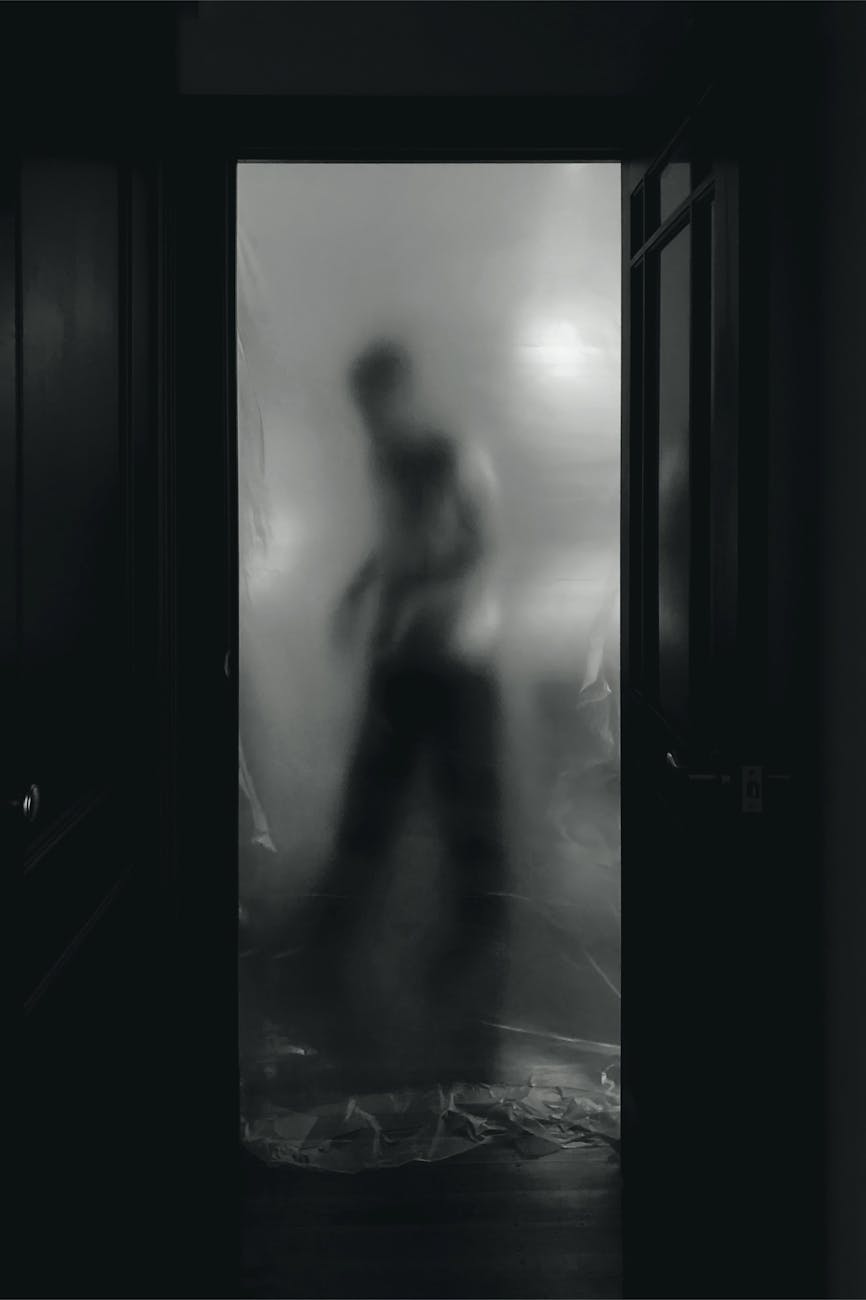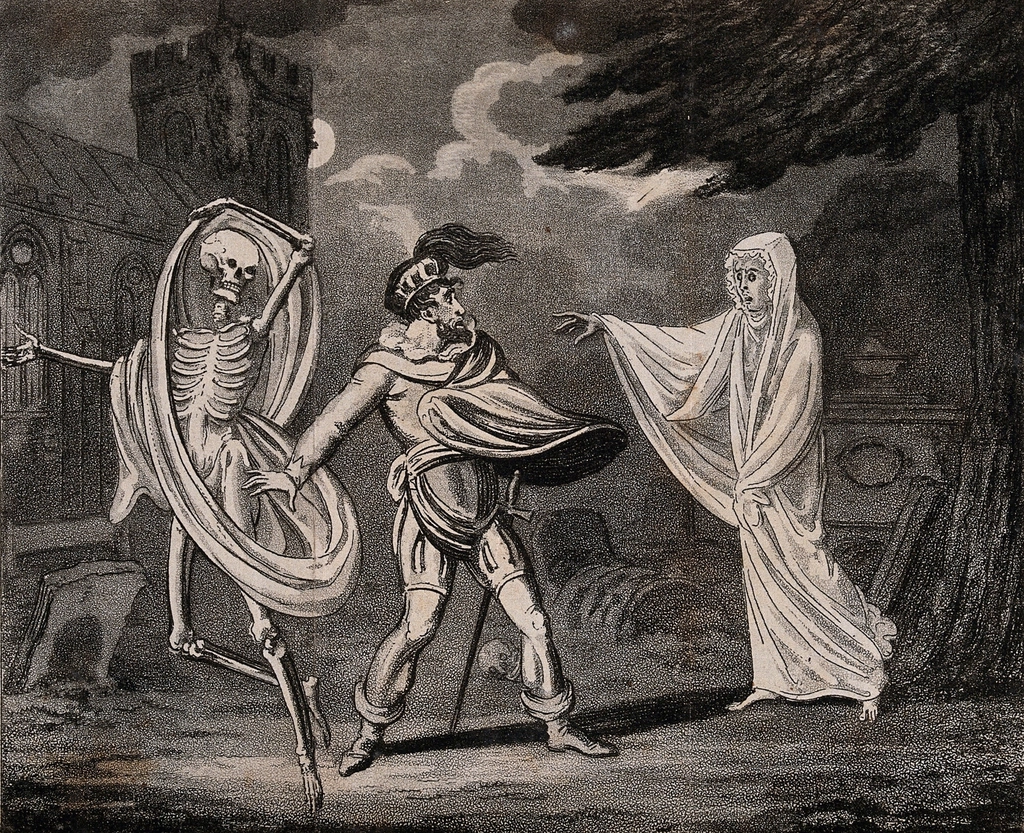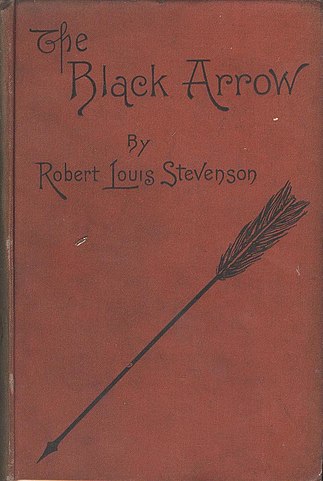What does a haunting mean? Is it a specter in your home who will not leave you alone? Is it something more personal? Perhaps it is your thoughts and feelings haunting you. In Dickinson’s “One Need Not be a Chamber — to be Haunted” by prolific poet Emily Dickinson, the author has a full grasp of what it means to be haunted.
In this post, we will summarize and analyze Dickinson’s dark, spooky poem.
Summary and Analysis
The poem begins with Dickinson informing us of what a haunting means. “One need not be a chamber to be haunted, / One need not be a house; / The brain has corridors surpassing / Material place.” In other words, it is our mind that is the haunted place. The place where ghosts roam.
In fact, she tells us, these cliche haunted places are more preferable than one’s own mind. For example, she writes: “Far safer, of a midnight meeting / External ghost, / … Far safer through an Abbey gallop, / The stones achase, / Than, moonless, one’s own self encounter / In lonesome place.” That is to say, one’s own mind is far scarier than any haunted meeting or Abbey.
Next, Dickinson tells us that our own thoughts would startle most people. In this way, our thoughts acts as “Assassin, hid in our apartment, / Be horror’s least.” Likewise, we should be more concerned with “a superior spectre / More near.”
Conclusion
Real hauntings are defined in Dickinson’s “One Need Not be a Chamber — to be Haunted.” According to her, it is not the house on haunted hill. It is our own minds. Her focus on the inward psychology of ourselves is interesting. Of course, why be afraid of what is out there, when what is inside of us is far spookier?
Works Cited
Dickinson, Emily. “Ghosts.”



